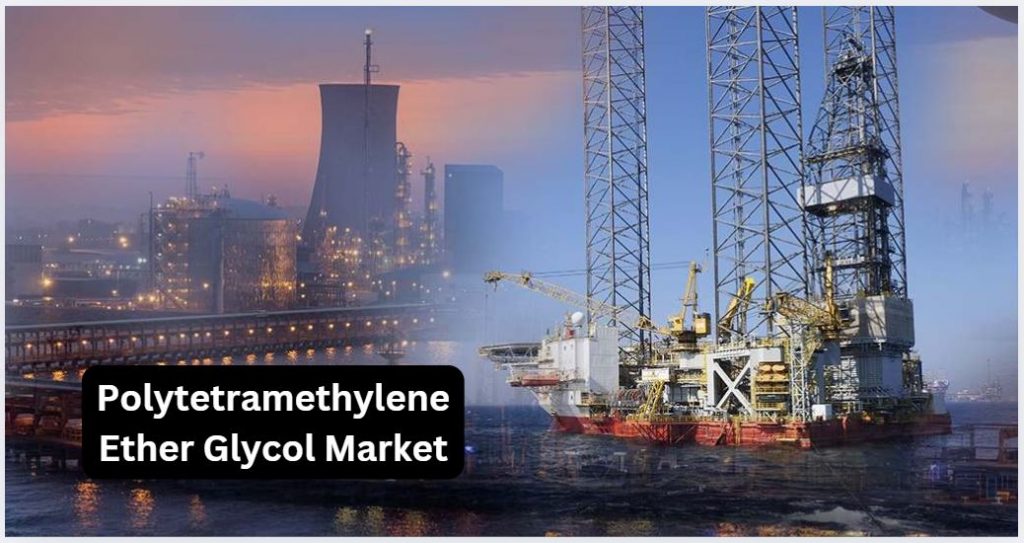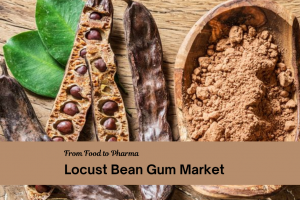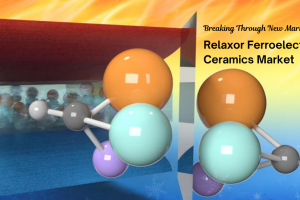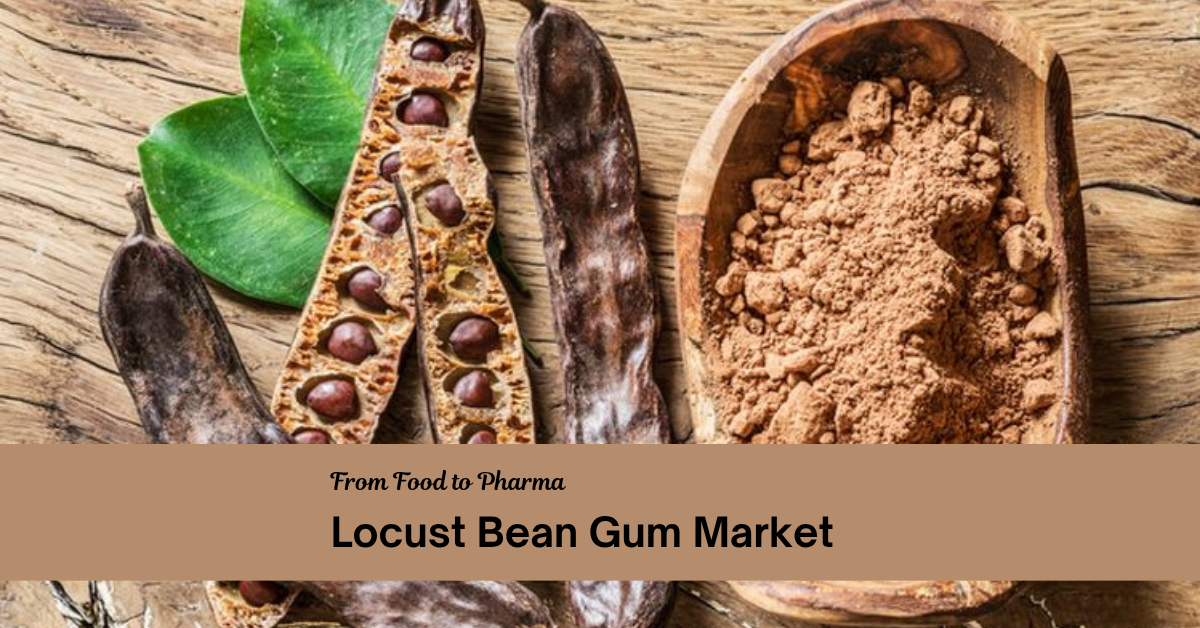
Market Overview
The Polytetramethylene Ether Glycol (PTMG) Market is projected to grow from USD 1,200 million in 2024 to USD 2,356.2 million by 2032, reflecting a robust compound annual growth rate (CAGR) of 8.8%. PTMG is a key raw material used in the manufacturing of a variety of polyurethane products, particularly in applications requiring flexibility, elasticity, and durability. Its chemical structure allows for the production of elastomers, spandex fibers, and various industrial polymers.
This market holds growing importance due to its applications in automotive, construction, footwear, medical, and consumer goods. The demand is rising as industries seek materials that provide long-lasting flexibility, especially in high-stress environments. The global context—marked by increasing industrial output, urbanization, and sustainability-driven product development—is propelling PTMG adoption across diverse verticals.
From lightweight car components to advanced medical devices, PTMG is becoming indispensable in manufacturing operations. The material’s high resilience and excellent hydrolysis resistance make it ideal for critical components and technical fabrics. With green chemistry and innovation accelerating polymer development, the PTMG market is positioned as a strategic segment in global chemical and materials industries.
Market Drivers
Growing Demand for Polyurethane Elastomers
The demand for polyurethane elastomers, especially thermoplastic polyurethanes (TPUs), is significantly boosting the PTMG market. These elastomers are extensively used in automotive parts, footwear soles, and industrial rollers due to their high wear resistance and flexibility. As industries shift toward lightweight and high-performance materials, PTMG-based elastomers offer the ideal balance of strength and softness, making them the material of choice in dynamic environments.
Expanding Applications in Medical and Consumer Goods
PTMG finds increasing use in medical-grade applications such as catheter tubes, prosthetics, and drug delivery systems. Its biocompatibility and mechanical stability make it suitable for sensitive healthcare uses. In the consumer goods sector, PTMG is driving innovations in wearable devices, flexible displays, and household items. With health-conscious and tech-savvy consumers pushing demand, manufacturers are turning to PTMG to deliver reliable, flexible solutions.
Industrialization and Urban Development
Rapid urbanization and infrastructure expansion, particularly in Asia-Pacific and Latin America, have escalated demand for durable, high-performance construction materials. PTMG-based sealants and adhesives are preferred for their long service life and resistance to extreme environmental conditions. The shift towards smart cities and green construction further amplifies the role of PTMG in building sustainable urban landscapes.
Rise in Eco-friendly and Recyclable Materials
With global emphasis on reducing carbon footprint, industries are opting for materials that align with sustainability goals. PTMG’s recyclability and compatibility with bio-based raw materials make it favorable for eco-conscious manufacturers. This aligns with global trends focusing on circular economies and green chemistry, making PTMG a strategic material for future-ready production systems.
Market Challenges
Volatile Raw Material Prices
Fluctuating prices of raw materials such as tetrahydrofuran (THF), which is critical for PTMG production, can significantly impact the market. Price instability, often driven by geopolitical tensions and supply chain disruptions, creates unpredictability in production costs, affecting profit margins.
Regulatory Compliance and Environmental Norms
Strict environmental regulations governing chemical manufacturing present challenges to PTMG producers. Adhering to complex frameworks such as REACH in Europe or EPA guidelines in the U.S. requires investments in compliance systems and sustainable formulations, increasing operational burdens.
Competitive Substitutes
PTMG faces competition from alternative glycols and polymers offering similar flexibility and durability. These include polyethylene glycol (PEG) and polypropylene glycol (PPG), which may offer cost advantages or simpler production processes, posing a threat to PTMG’s market share.
Supply Chain Disruptions
Global disruptions, such as those seen during the COVID-19 pandemic or due to trade conflicts, have highlighted vulnerabilities in chemical supply chains. Delays in transportation or shortage of intermediate chemicals affect timely delivery and continuity in downstream applications, challenging the reliability of PTMG supply.
Market Opportunity
Growth in Spandex and Stretch Fabric Applications
PTMG is a key component in the production of spandex fibers, which are in high demand across apparel, sportswear, and medical textiles. The boom in activewear and personal wellness trends is driving rapid growth in this sector, creating robust demand for PTMG.
Bio-based PTMG Development
Technological innovation is paving the way for bio-based PTMG production. This aligns with sustainability initiatives and opens opportunities for environmentally friendly product development. Companies investing in green chemistry can capitalize on rising consumer awareness and governmental support for bio-polymers.
Emerging Markets in Asia and Latin America
Developing economies are witnessing rapid growth in industries such as automotive and construction. These regions are still transitioning from conventional to advanced materials, offering a greenfield opportunity for PTMG applications. Investments and government policies promoting industrialization can accelerate PTMG adoption.
Innovation in High-Performance Coatings
PTMG’s use in high-durability and flexible coatings is creating new possibilities across industrial and consumer sectors. These coatings are used in electronics, packaging, and protective gear. The demand for multifunctional coatings with resilience and aesthetics is boosting PTMG’s relevance in emerging applications.
Market Segmentation
Based on Product Type
- PTMG 1000
- PTMG 2000
- PTMG 3000
- PTMG 4000
Based on Application
- Polyurethane Elastomers
- Adhesives and Sealants
- Coatings
- Textiles
- Other Specialty Chemicals
Based on End-Use Industry
- Automotive
- Construction
- Footwear
- Consumer Goods
- Medical Devices
Based on Distribution Channel
- Direct Sales
- Distributors
- Online Sales
- Retailers
Based on Processing Method
- Batch Process
- Continuous Process
- Hybrid Process
Based on Region
- North America (U.S., Canada, Mexico)
- Europe (UK, France, Germany, etc.)
- Asia Pacific (China, India, Japan, etc.)
- Latin America (Brazil, Argentina, Peru, etc.)
- Middle East & Africa (GCC, South Africa, etc.)
Regional Analysis
North America
The North American PTMG market is driven by innovation and a mature industrial base. The U.S. leads in polyurethane research, particularly in medical and defense sectors. Automotive innovation and demand for high-end polymers support PTMG adoption.
Europe
Europe emphasizes eco-friendly and recyclable materials, boosting bio-based PTMG development. Countries like Germany and France are investing in green chemicals, while automotive and construction demand remain strong. Regulatory support under REACH enhances growth prospects.
Asia Pacific
Asia Pacific is the fastest-growing region, led by China, India, and South Korea. A strong manufacturing ecosystem and increasing demand for textiles, footwear, and automobiles are driving the PTMG market. The region’s affordability and mass-scale production offer scalability.
Latin America
Brazil and Argentina are seeing increased demand for polyurethane-based materials in the automotive and footwear sectors. Growing middle-class population and urbanization are fueling the need for affordable, durable consumer products that use PTMG as a base material.
Middle East & Africa
This region is gradually emerging in the PTMG market, driven by construction and infrastructure development in GCC countries. Investments in non-oil sectors and strategic diversification plans provide an opportunity for PTMG-based industrial materials.
Top Companies
- Tianhua Fubang
- DCC
- BASF
- Sanwei
- Qingyun
- Hyosung
- Sinopec Great Wall Energy
- Mitsubishi Chemical
- The Lycra Company
- Korea PTG
- Formosa Asahi Spandex
- Jianfeng
Future Outlook
- Demand for spandex and stretchable textiles will continue to surge globally.
- Bio-based PTMG will become a competitive differentiator for sustainability.
- Asia-Pacific will retain its position as the fastest-growing regional market.
- Technological advancements will enhance the performance of PTMG materials.
- Medical-grade PTMG will open opportunities in prosthetics and implants.
- Expansion of direct-to-consumer sales will impact distributor-led channels.
- Government push for green chemistry will favor environmentally safe PTMG variants.
- Rising sportswear and fitness market will propel demand for elastic polymers.
- Construction industry revival post-pandemic will increase PTMG-based sealant usage.
- Continuous process methods will replace batch processing for scalability.











